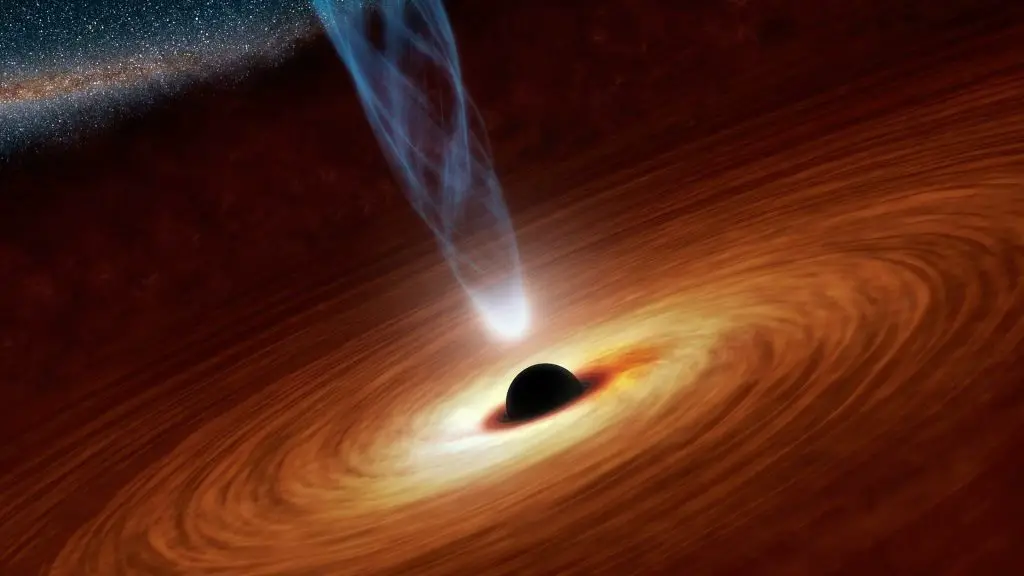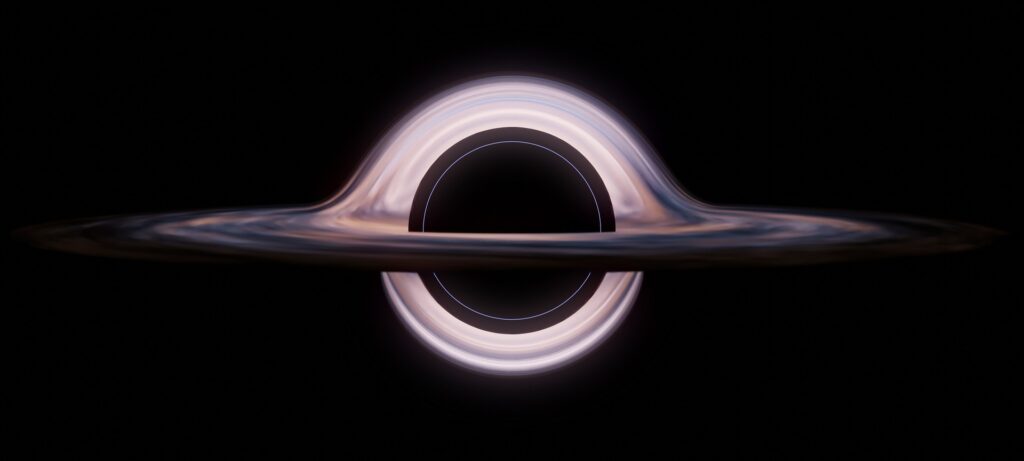There are billions of black holes spread across our observable Universe. These black holes exist in different sizes and shapes. If you previously think that there is only one type of black hole, you will be amazed to learn about different types of black holes from this article.
Scientists have currently discovered the four most common types of black holes in the universe, and they include.
Stellar black holes
Stellar black holes are small but deadly black holes moving around the galaxies. But what happens when a smaller star dies? Smaller stars about three times the mass of our sun die as well as the big stars.
But when smaller stars die, their new core will become a neutron star or form a white dwarf. However, when larger stars with about ten or twenty times the mass of the sun die, they will collapses within themselves and form a stellar black hole.
So how do stellar black holes form? A Stellar black hole is formed with a massive star dying and collapsing within itself. These Stellar black holes spread across the universe. In our milky way galaxy alone, there could be millions of these stellar black holes.
Comparing the black hole to the mass of our sun, you will come to understand how gigantic they are. Most stellar black holes have 10 to 20 times, the mass of our sun. This estimation shows that a stellar black hole could eat up our solar system with ease.
Supermassive black holes
At the mention of supermassive, your mind must have reminded you about the supergiant black holes. Although smaller black holes spread across the universe in billions, supermassive black holes make them appear like a dot(.) before them.
Supermassive black holes are so huge that they dominate the universe. These gigantic black holes are millions or billions of times the mass of the sun. However, they have the same diameter in size.
So where can you find these supermassive black holes? They spread across the universe. But you can mostly find supermassive black holes in the center of almost every galaxy including our home galaxy, the Milky Way.
The supermassive black hole at the center of our galaxy is known as Sagittarius A*. How do supermassive black holes form? Scientists have raised suggestions on how supermassive black holes are formed. The widely accepted suggestion is that supermassive black holes are formed when hundreds or thousands of smaller black holes merge together.
Other studies suggest that black holes are formed with dust and gas particles around them. As they take their new forms, the supermassive black holes will focus on holding the galaxies together, and they even expand with time.
Intermediate Black Holes
Intermediate Black holes are black holes that stand in between the stellar and the supermassive black holes.
These black holes come in midsize which are often referred to as Intermediate Black Holes (IMBHs). Scientists have proven the existence of these midsized black holes through various experiments.
These IMBHs could form when stars within a cluster encounter a collision in a chain reaction. Scientists also revealed that several IMBHs could also merge together to form a supermassive black hole at the center of a galaxy. In 2014, Astronomers conducting research found an object that resembles an intermediate black hole within the arm of a spiral galaxy.
This was the first time we became aware of IMBHs. In 2021, a group of astronomers conducted research in an ancient gamma-ray burst, during which they discovered other Intermediate black holes.
A recent study from 2018 suggests that intermediate black holes may fill up the gap in the center of dwarf galaxies. As we progress towards the future, we will surely unveil more midsize black holes and learn more from them.
Miniature Black Holes
Miniature black holes are formed under the pressure of interstellar clouds. A study revealed that miniature black holes may have come into existence after the Big Bang.
After their formation, they began to spread across space and compress some areas into tiny and dense black holes. Due to their tiny nature, miniature black holes are less massive than the sun. However, a star passing through the miniature black hole may be divided or torn apart.
Conclusion
We have only discovered four types of black holes. However, when we officially begin to explore the deep space in the future, we may likely discover other types of black holes and upgrade our knowledge of the concept. What do you think about these four types of black holes?





Black holes are nothing black, the energy trapped inside is unimaginable. To generate a black hole you need one or more neutron stars, the more neutron stars there are inside, the greater the mass of the black hole will be. Supermassive black holes are composed of thousands or billions of stars neutron. Neutron stars spin around a central axis at speeds far exceeding the speed of light, so neutron stars swirl towards the center until they are destroyed. Nothing can enter black holes except infinitely resistant matter such as neutron stars or infinitely small matter because it must exceed the speed of light to penetrate it, so no stars, planets can penetrate it because their states are n is not strong enough to pass the speed of light. Matter unravels or antimatter comes out of it by cones on each side. The material out of the black hole retains the residual magnetism which will interact when there is no more force or energy in our universe, thereafter this magnetism will interact to gather all the existing material until the big crunch. Moreover, there may be other universes around ours with the same characteristics in a state opposite to ours!